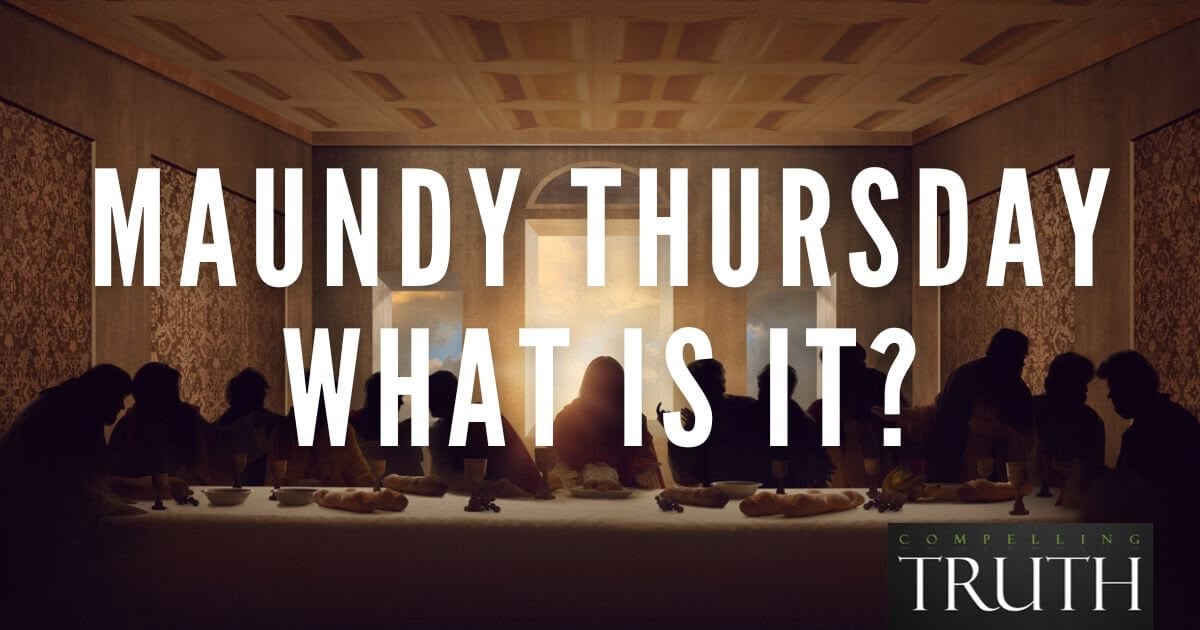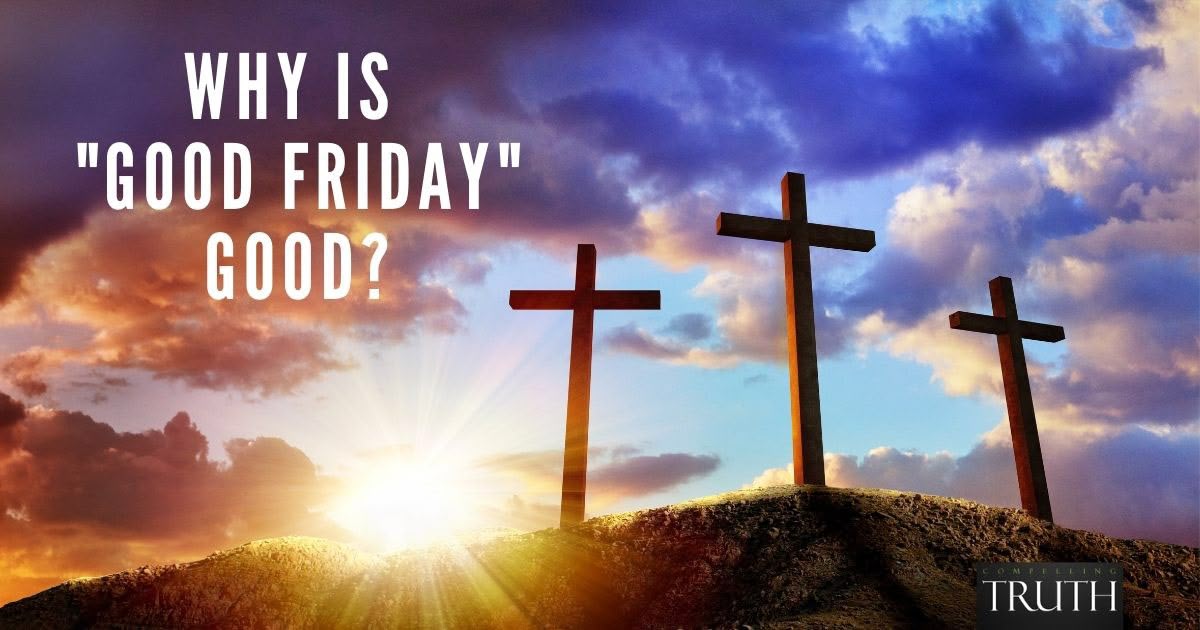Palm Sunday commemorates Jesus’ triumphal entry into Jerusalem, when crowds welcomed Him with palm branches and shouts of “Hosanna,” as described in all four Gospels. This act fulfilled prophecy and symbolized both honor and peace, as Jesus rode in not on a warhorse, but on a donkey. While many expected a political savior, Jesus came as the true Messiah offering spiritual salvation. Today, churches around the world mark the occasion with ceremonies and symbolic traditions, reflecting on its deep meaning. Palm Sunday challenges us to receive Jesus not just with outward enthusiasm, but with genuine faith and surrender to His kingship.
Palm Sunday reminds us to welcome Jesus as King with genuine faith, not just emotion. True worship recognizes who He truly is, even when His ways are unexpected.
Today, many churches celebrate Palm Sunday with reenactments of the triumphal entry. Catholic churches often bless palm branches with holy water and distribute them to congregants. These palm branches are then saved for use the following Ash Wednesday. In regions where palm branches are not readily available, branches of other trees are used.
Palm Sunday challenges us to examine how we receive Jesus in our lives. Are we honoring Him only when life goes our way, or are we trusting Him as King even when His path leads through suffering and sacrifice? Just as the crowds praised Jesus for what they hoped He would do, we must learn to follow Him for who He is—our Savior and Lord, not merely a deliverer from earthly trouble. Welcoming Him daily means laying down our pride, our plans, and our assumptions, and submitting to His peaceful, powerful rule in every part of life.
Revelation 7:9-10 is a beautiful complement to what we celebrate when remembering Jesus' triumphal entry: "After this I looked, and behold, a great multitude that no one could number, from every nation, from all tribes and peoples and languages, standing before the throne and before the Lamb, clothed in white robes, with palm branches in their hands, and crying out with a loud voice, 'Salvation belongs to our God who sits on the throne, and to the Lamb!'" Indeed, Jesus is the one capable of saving us. He is our Messiah, Prince of Peace, and also King of Kings.




